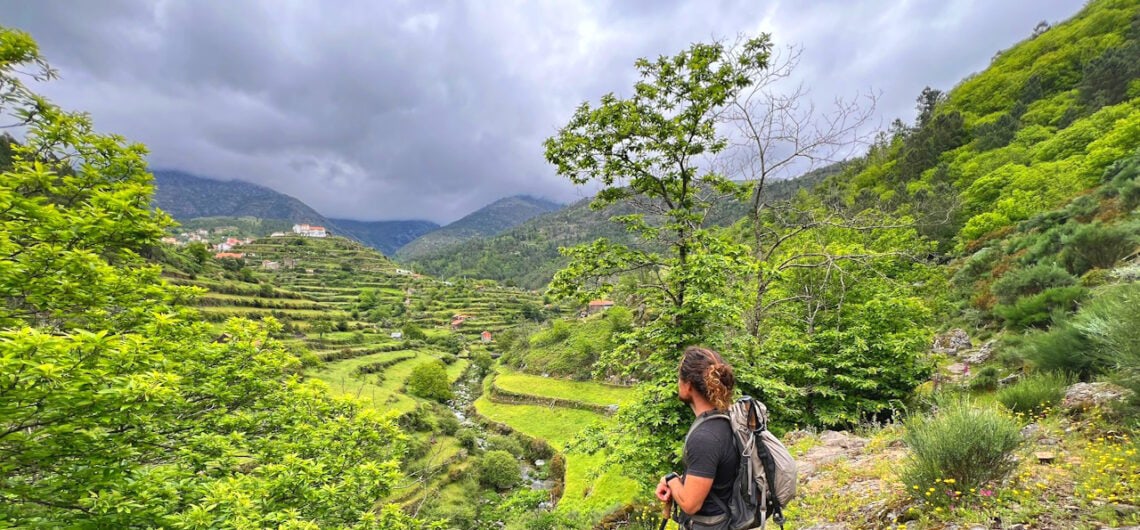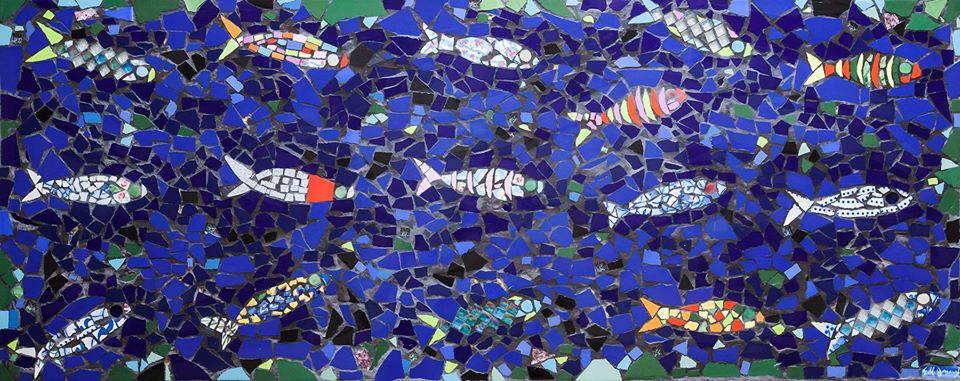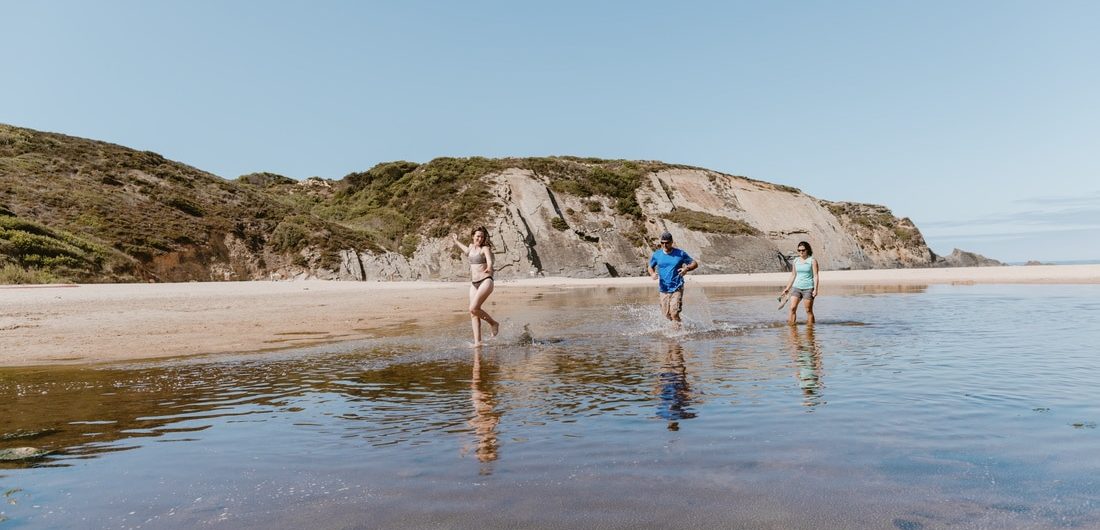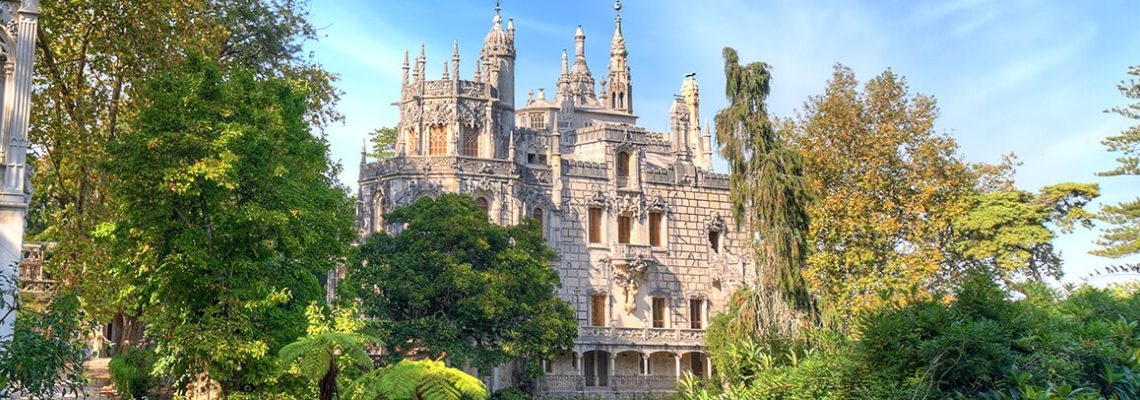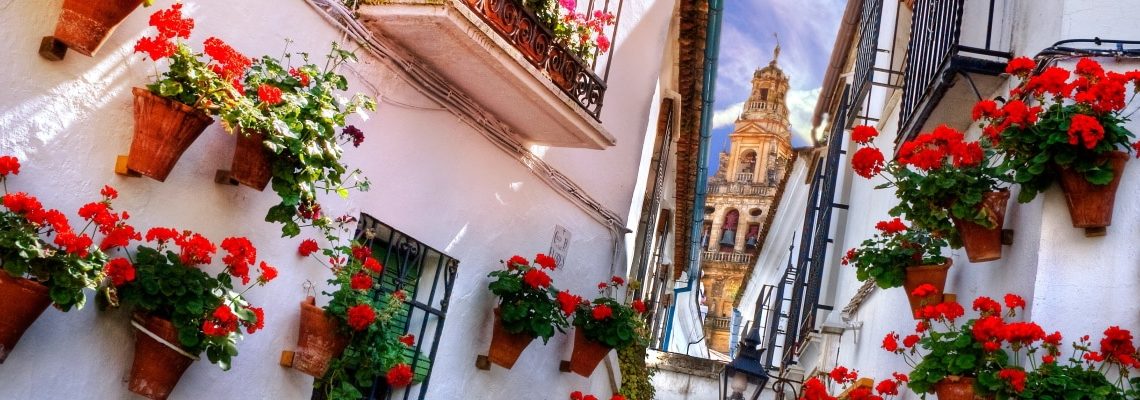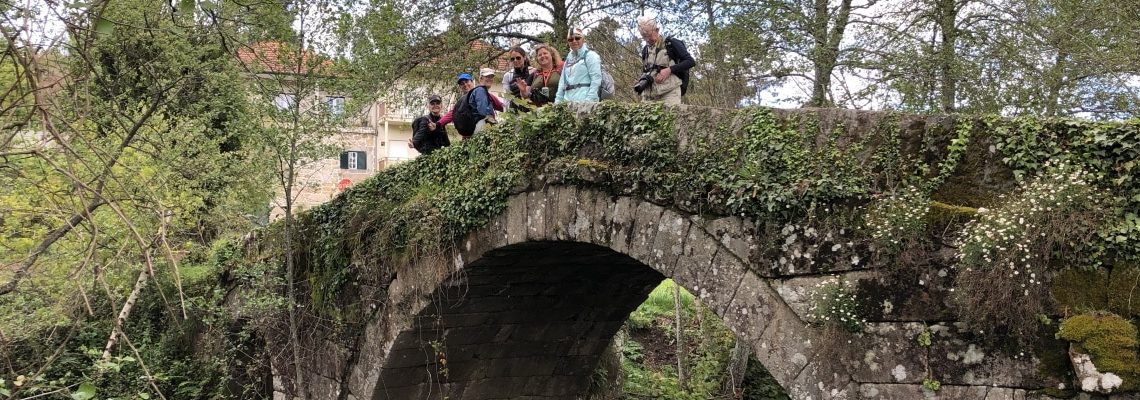Welcome to the heart of Portugal, where rolling hills, ancient villages, and the soothing rhythm of rural life await. If you’re seeking an off-the-beaten-path adventure, far from the bustling crowds, then lace up your hiking boots for an unforgettable journey through the Portuguese highlands. The Hidden Gem of Portugal’s Highlands As the sun rises over
‘Tis the gift-giving season, which puts us in mind of some special souvenirs of Portugal that also would make perfect presents for everyone on your list: Filigree jewelry is typical in the north of Portugal. It comes in gold or silver, in traditional motifs, such as the classic “Heart of Viana,” as well as more
15 years ago this month, Terracotta Journeys owners Pedro and Eva took a chance on a dream. “I had this idea of creating an outdoor adventure tour company for a long time,” Pedro says, “but I was working in the corporate world, and it was hard to think about leaving that security.” Additionally, with two
Portugal is a popular destination for Northern Europeans for the same reason Florida is popular with North Americans: Plenty of sun, sand and sea make this part of Europe ideal for beach vacations, and mild winters and short flight times from almost all major capitals provide a quick escape from ice and snow (especially popular
“Romantic” and “magical” are words often used to describe Portugal as a whole, but they particularly apply to Sintra, a small town about 30 minutes from Lisbon. For centuries, this area offered the Portuguese royal court a cool and peaceful summer escape from the heat and bustle of Lisbon—hence the grand palaces and noble manor
Spain is a prize package of a country. Large by European standards, it is blessed with an incredible geographic range, from sunny beaches and rugged coastlines to snow-capped mountains to rolling plains and everything in between, making it ideal for walking and hiking tours. Its long and glorious history means that everywhere you turn there
The Camino de Santiago or Way to Santiago, is known for its yellow arrows and distinct scallop shell symbols leading to Santiago de Compostela – and to the tomb of the Apostle Santiago (Saint James). Whichever Camino or “Way” one takes: the Portuguese, Coastal, French or Basque, whether hiking, biking or riding on horseback, the

